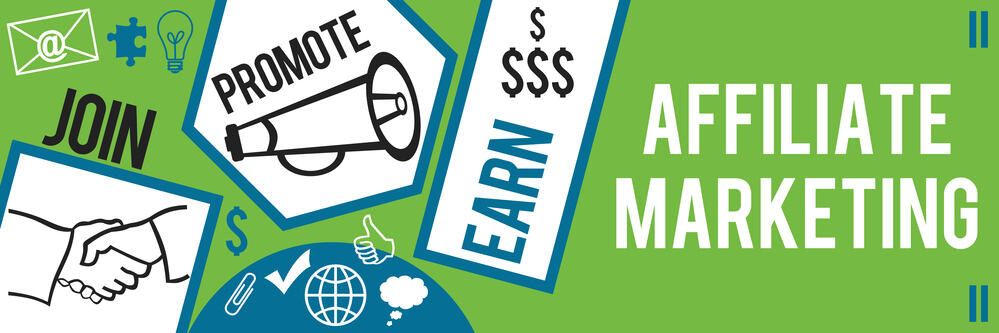
Vision and touch in the memory process
In today’s fast-paced world, the interplay between vision and touch has become increasingly significant. With the rise of technology, how we engage with visual and tactile stimuli impacts our memory retention. For instance, consider how virtual reality environments utilize both visual and haptic feedback to create immersive learning experiences. This not only enhances memory by providing multisensory input but also helps in the retention of complex concepts.
Furthermore, research indicates that integrating visual and tactile information can significantly affect how we process and recall memories. Take, for example, a study where participants learned to navigate a maze using both sight and touch. Results showed that those who utilized both senses had a higher success rate in recalling the maze layout compared to those who relied on only one sense.
Vision and touch are essential sensory modalities that contribute to the memory process. Both senses play crucial roles in learning, encoding, and retrieval of information, and they often interact to provide a more comprehensive understanding of our surroundings. Let’s explore the relationship between vision and touch in the memory process.
Visual memory is not just about recalling images but also encompasses our ability to recognize patterns and make connections. This is particularly evident in fields such as art and design, where visual memory aids in creating innovative works. For instance, artists often draw from their visual memories to inspire new creations, reflecting how deeply intertwined visual experiences are with memory.
Short-term visual memory is also crucial in our everyday lives. For example, when we look at a phone number, we often repeat it in our minds to remember it long enough to dial. This temporary manipulation of visual information showcases how our memory systems work in tandem with visual input, allowing us to achieve practical tasks.
Short-term visual memory on Amazon
Long-term visual memory is equally fascinating. Consider how individuals can recall a favorite childhood toy or a family vacation spot years later. These vivid recollections are not merely random; they are deeply embedded within our long-term memory, often triggered by visual cues that evoke emotions and nostalgia.
Long-term visual memory on Amazon
In addition, iconic memory plays a foundational role in our ability to process visual information quickly. For instance, when catching a fleeting glance at a busy street, iconic memory enables us to retain critical visual details for immediate decision-making, such as avoiding an obstacle. This rapid processing demonstrates the brain’s efficiency in handling visual inputs and highlights its importance in daily activities.
The synergy between vision and touch can be observed in various fields, including education and therapy. In educational settings, hands-on learning approaches that incorporate both visual aids and tactile experiences—such as building models or conducting experiments—have been shown to enhance comprehension and retention among students.
In therapeutic contexts, this integration of senses can be particularly beneficial. For example, children with sensory processing disorders may thrive in environments where they can explore both visual and tactile stimuli, leading to improved learning outcomes and memory retention.
Visual Memory
Visual memory refers to the brain’s ability to process, store, and recall visual information. It is fundamental for various cognitive functions, including object recognition, spatial awareness, and reading. Visual memory can be divided into several categories:
a. Iconic memory: This is a form of short-term sensory memory that briefly stores visual information for up to a few seconds. Iconic memory allows you to process and understand visual stimuli in real-time.
b. Short-term visual memory: This involves the temporary storage and manipulation of visual information, such as remembering a sequence of symbols or images.
Short-term visual memory on Amazon
c. Long-term visual memory: This involves the long-lasting storage and retrieval of visual experiences and knowledge, such as recognizing a familiar face or recalling the layout of a room.
Long-term visual memory on Amazon
d. Embodied cognition suggests that our memories are not just mental constructs but also rooted in our physical interactions with the world. For instance, the act of writing by hand, which incorporates both visual and tactile feedback, has been shown to enhance memory retention compared to typing. This highlights the significant role that our physical experiences play in shaping our cognitive processes.
Haptic Memory
a. Haptic sensory memory: This is a form of short-term sensory memory that briefly stores tactile information. Haptic sensory memory allows you to process and understand touch sensations in real-time.
Haptic memory, related to the sense of touch, refers to the brain’s ability to process, store, and recall tactile information. It is essential for various cognitive functions, including object recognition, spatial awareness, and motor skills. Haptic memory can be divided into several categories:
b. Short-term haptic memory: This involves the temporary storage and manipulation of tactile information, such as remembering the texture or shape of an object.
Short-term haptic memory allows us to interact with our environment effectively. For instance, when we pick up a new gadget, our tactile memory helps us remember the button placements and how the device feels in our hands, which enhances our overall user experience. This ability to recall tactile experiences is essential for the seamless integration of new technology into our lives.
Short-term haptic memory on Amazon
c. Long-term haptic memory: This involves the long-lasting storage and retrieval of tactile experiences and knowledge, such as recognizing the feel of a specific fabric or the grip of a particular tool.
Long-term haptic memory can also shape our daily interactions. Chefs, for example, rely on their tactile memories to recognize the textures of different ingredients, which aids in their culinary creations. Similarly, musicians develop haptic memory to master their instruments, allowing them to perform with precision and artistry.
Long-term haptic memory on Amazon
Furthermore, the concept of multisensory learning extends beyond formal education. Everyday activities, such as cooking or crafting, often involve visual and tactile engagement that enhances our memory of those experiences. The enjoyment derived from these activities can also reinforce the memory, making it more vivid and easier to recall later.
Multisensorial learning on Amazon
In conclusion, understanding the relationship between vision and touch is essential for enhancing memory processes. By embracing multisensory experiences, we can improve cognitive performance in various aspects of life, from education to personal development. Future research may uncover even more insights into how these senses work together, providing further tools to optimize learning and memory retention.
Interaction of Vision and Touch in Memory Process
Vision and touch often interact to provide a more comprehensive understanding of our surroundings and enhance memory encoding and retrieval. Some ways these senses work together include:
a. Cross-modal integration: The brain can integrate information from both vision and touch to form more accurate and robust memories. For example, seeing and touching an object simultaneously can improve object recognition and spatial memory.
cross-modal integration on Amazon
b. Compensation: When one sense is impaired or unavailable, the other can compensate to aid memory. For example, a visually impaired person may rely more on touch to encode and retrieve information about their environment.
Compensation on Amazon
c. Multisensory learning: Combining visual and tactile information during learning can lead to better memory encoding and retrieval. For example, using visual aids and hands-on activities in educational settings can enhance learning outcomes.
Multisensorial learning on Amazon
d. Embodied cognition: The theory of embodied cognition suggests that cognitive processes, including memory, are grounded in sensory and motor experiences. Both vision and touch can contribute to forming mental representations that underlie memory and other cognitive functions.
The relationship between vision and touch is essential in the memory process, as both senses contribute to the encoding, storage, and retrieval of information. By understanding the interplay between these sensory modalities, individuals can leverage multisensory experiences to enhance memory function and improve cognitive performance across various tasks and contexts.
Thank you for reading, comments and shares!
Crafted with chatGPT Language Models and Picsart
-
Innovative Smart Notebooks And Digital Pens For Students
-
How To Choose The Best Laptop For School – Student’s Guide
-
Wearable Tech To Help Students Stay Organized And Healthy
-
Top Educational Apps And Gadgets To Enhance Learning
Heads up! If you’re looking to join Wealthy Affiliate, make sure you sign up using my referral link to get access to my personal coaching and all WA features."










